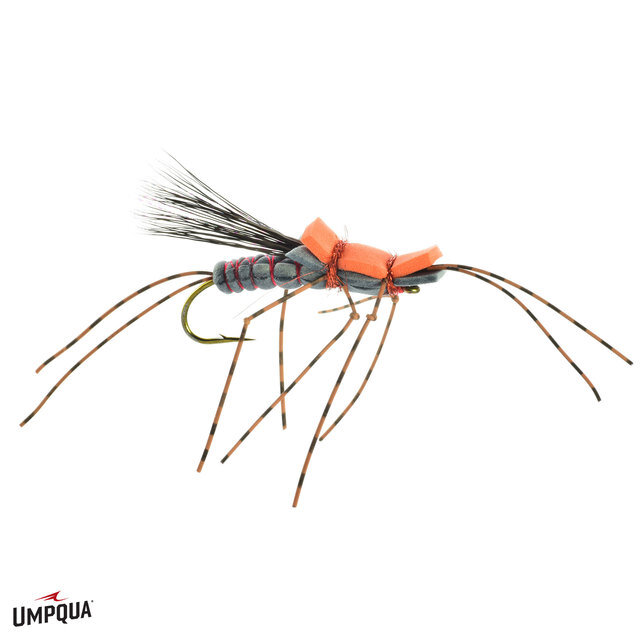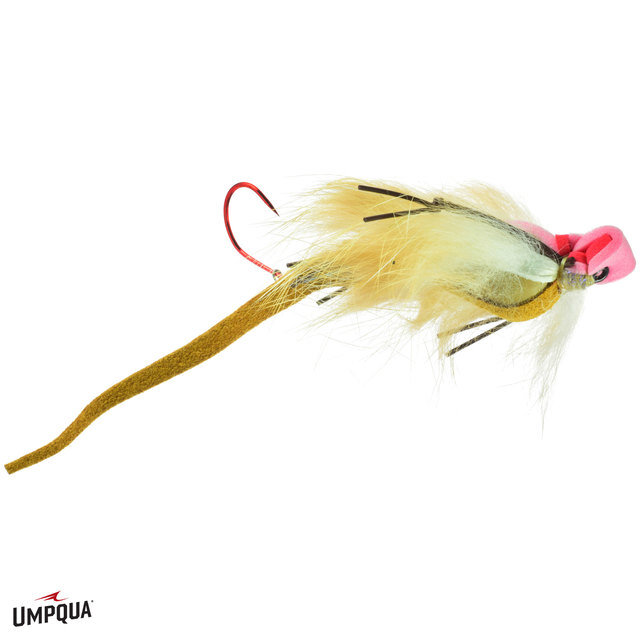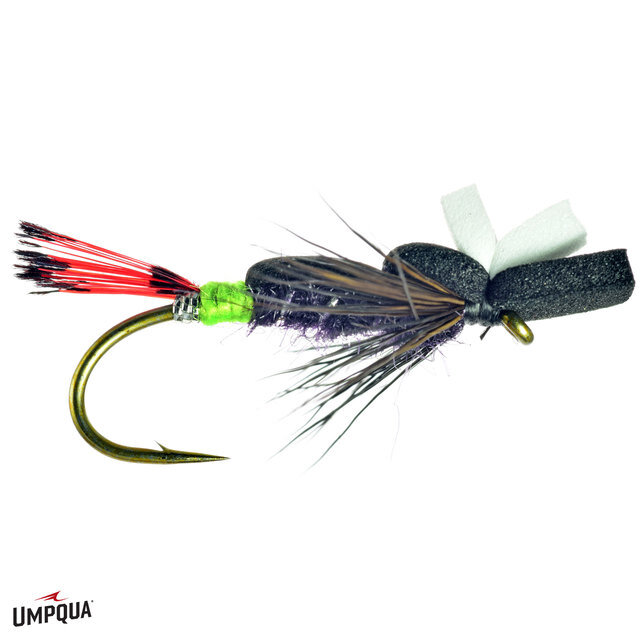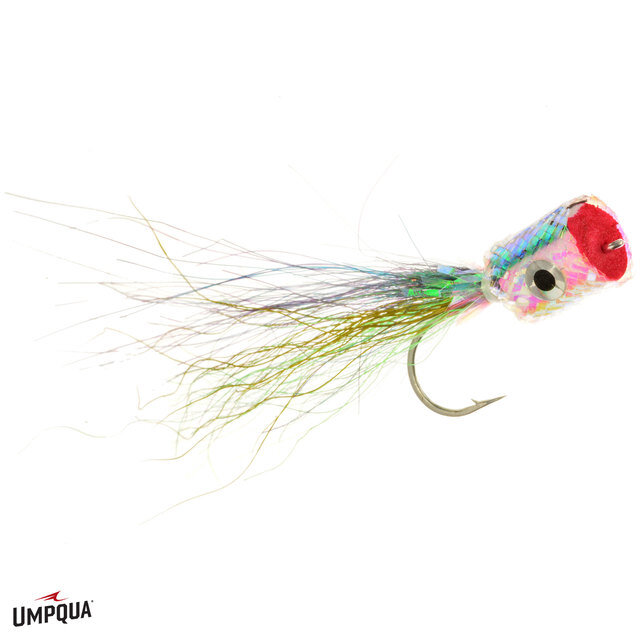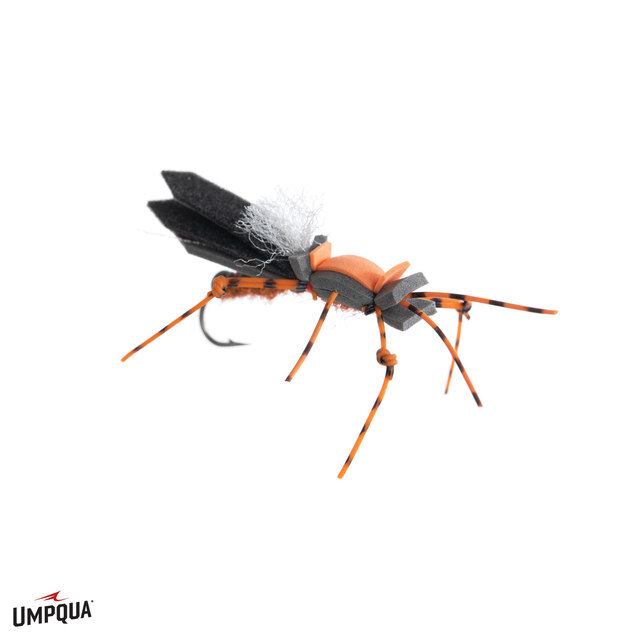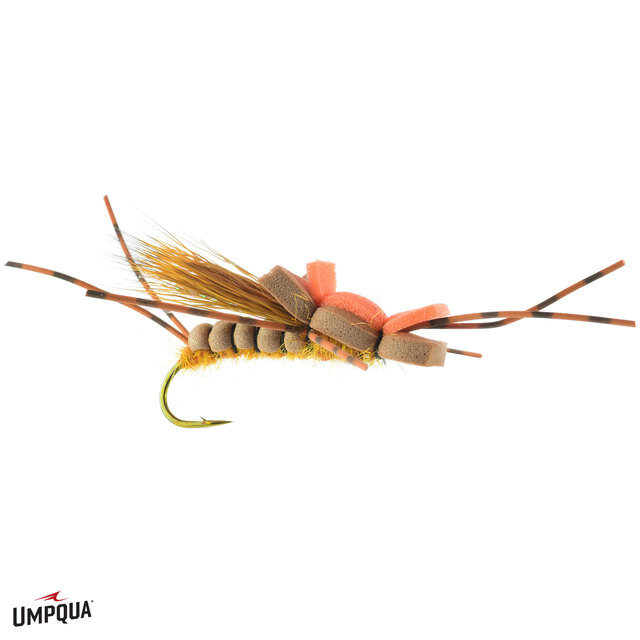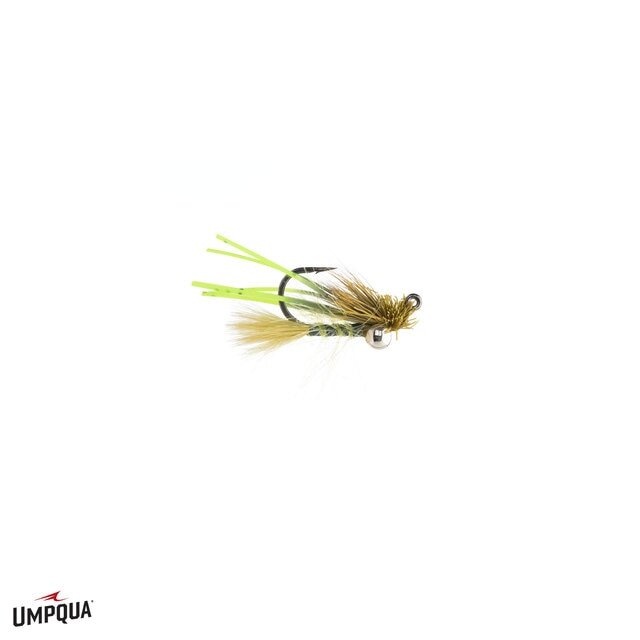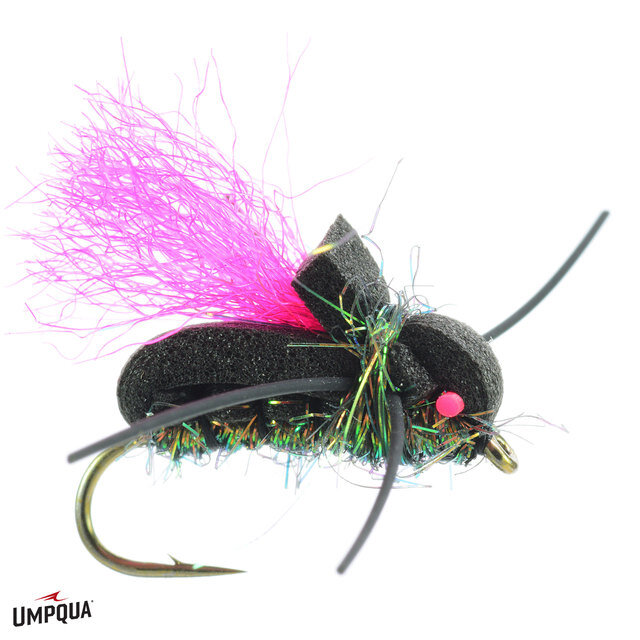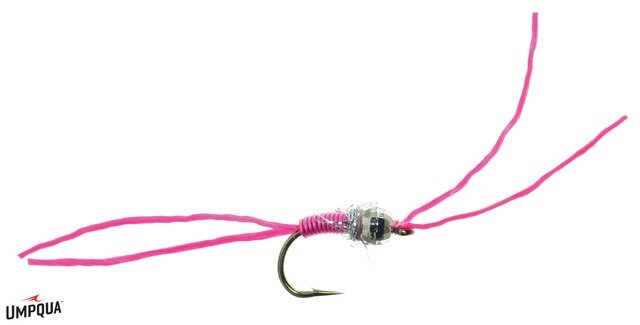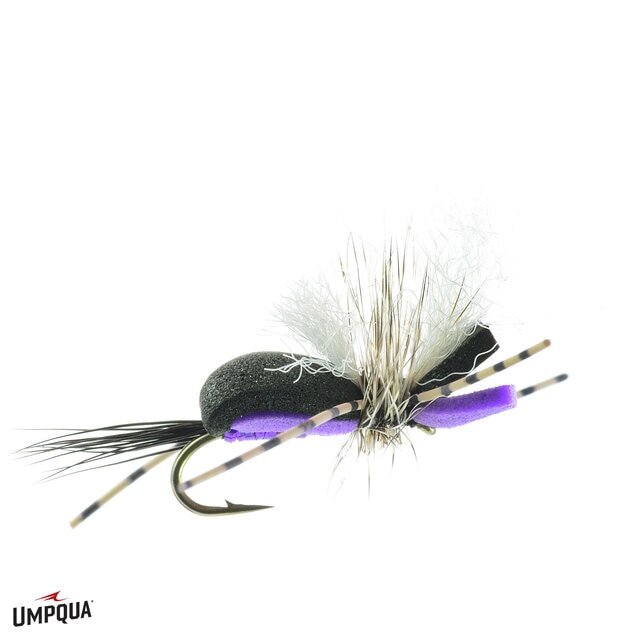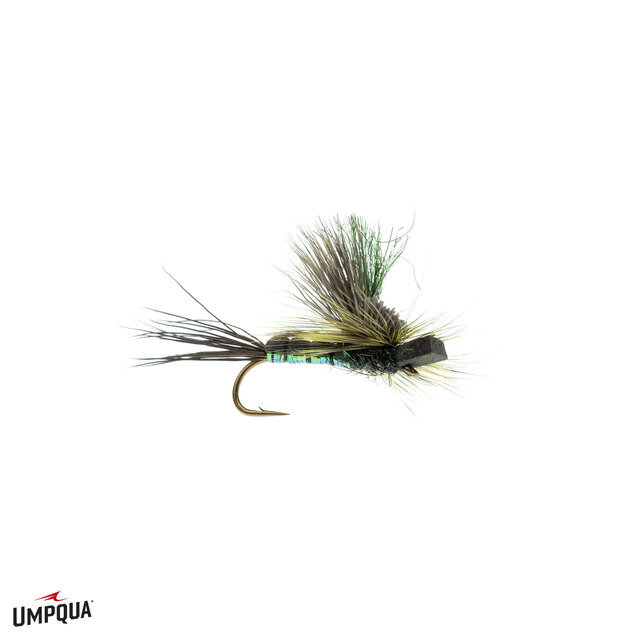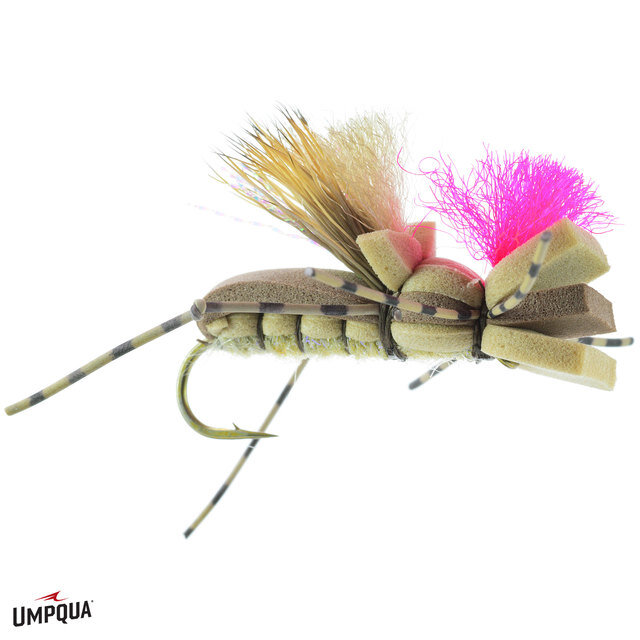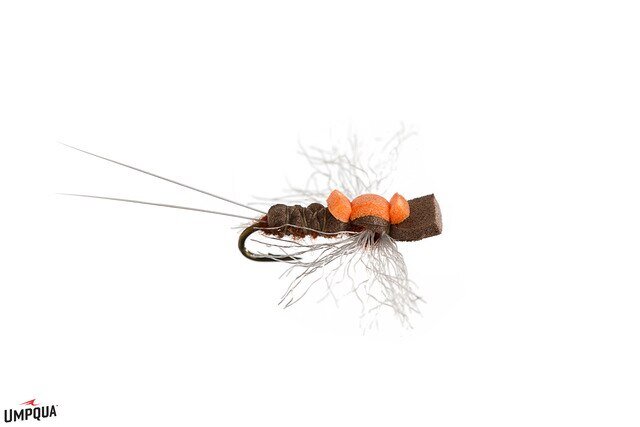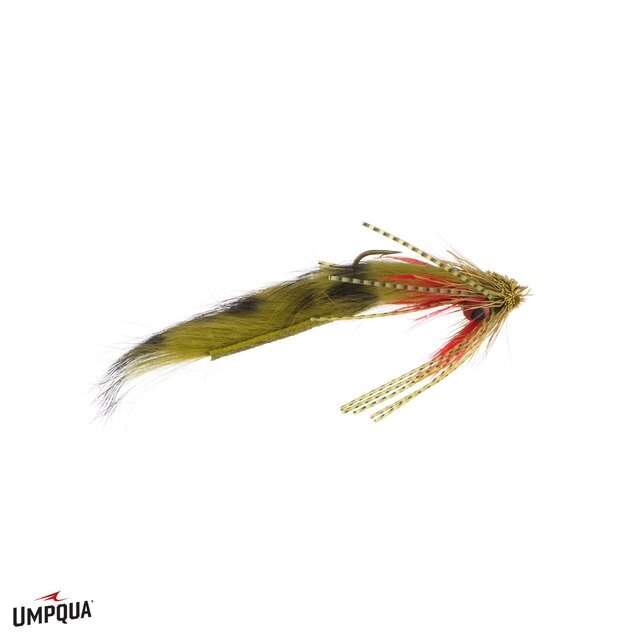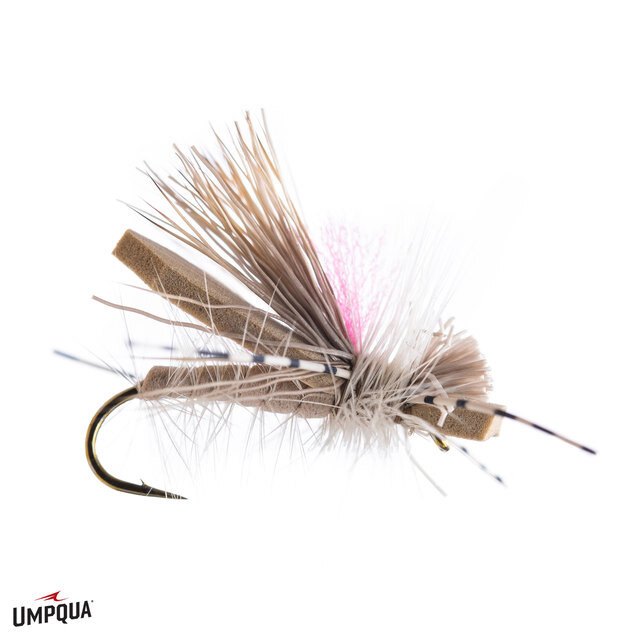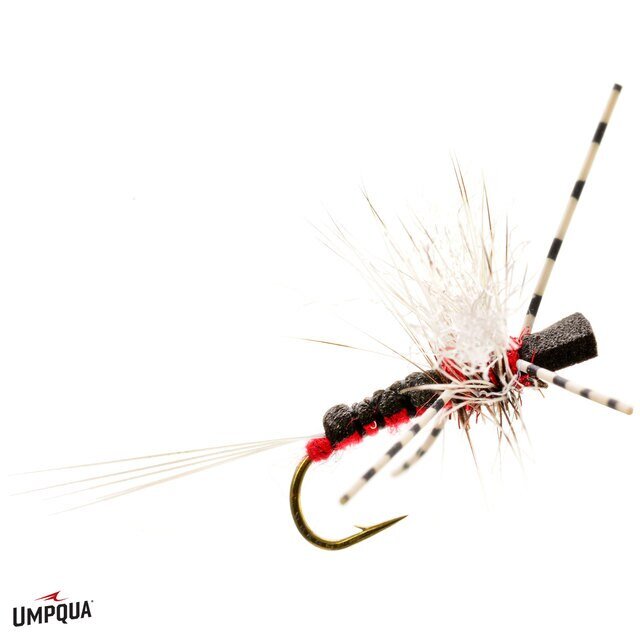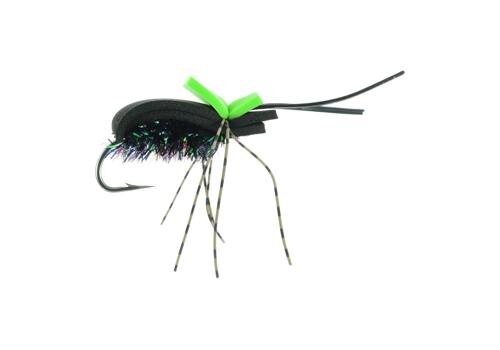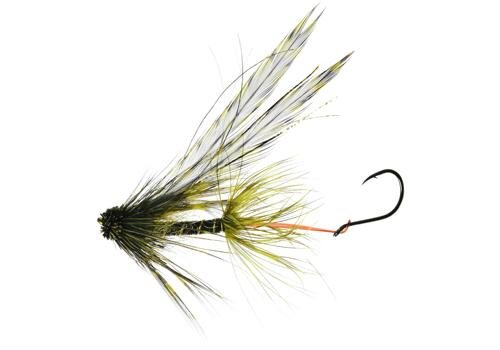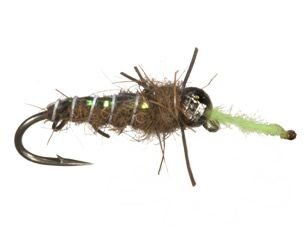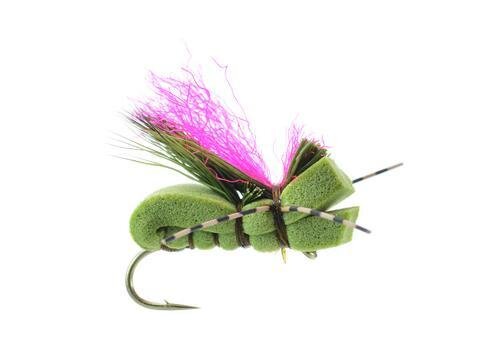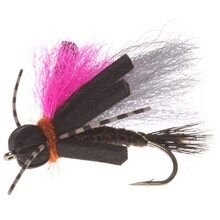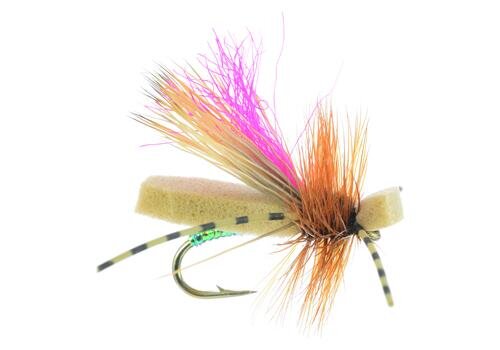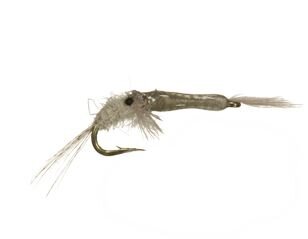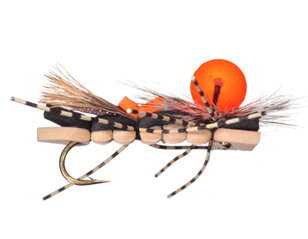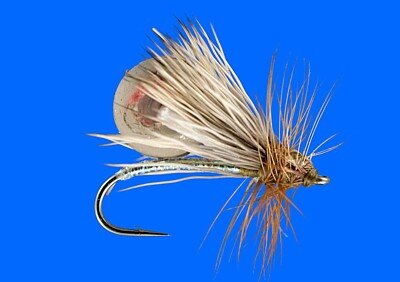Commercially produced flies
Andrew has had at least 25 of his unique fly patterns produced commercially by Umpqua Flies in various sizes and colors. Umpqua's quality is second to none and their distribution is the largest in the world. Most any local fly shop can order any of Andrew's patterns if they're not already stocking what you're after.
A lowriding salmonfly pattern that is super durable, buoyant, and is very effective. All the legs give the pattern a ton of movement on the water. The lower profile pattern will pull fish long after they have stopped eating bushy Chubbies and sofa pillows.
The best mouse pattern in the industry (in my opinion). Nearly indestructible, will fish correctly all day long, and securely hooks fish without excessive damage. Developed on two of the world’s best mouse fisheries, Alaska’s Kanektok and Arolik rivers.
A waking green butt skunk, what’s not to like! Proven on steelhead rivers from CA to BC. There are few moments more exciting in fly fishing than having a steelhead boil on a waked or skated dry fly.
A small saltwater popper pattern, geared toward sea-run cutthroat fishing in the PNW, however it travels well to other salty destinations!
A super-buoyant hopper-y, stonefly-y, all foamy, super durable, fish catching machine! This guy sits low in the water but remains easy to see. Dunk it in some Shimaziki liquid floatant and it’ll stay on top all day long.
A lowriding stonefly! Super buoyant even though it sits lower in the film and isn’t very bushy. This golden and skwala pattern pulls fish long after a chubby or stimulator stop working.
My carp fly checks all the boxes, rides with the point up, drops in the water column quickly, has great movement, and has been proven on some of MT’s pickiest carp. This also a great little redfish fly, take some to the TX coast and hang on!
An effective little beetle pattern with a memorable, but dumb, name. Most beetles are nearly impossible to see as they’re small, black patterns. The pink wing stands out from a long ways away.
What’s better than a wire worm or a rubber band worm? A wire bodied rubber band worm with a tungsten bead! This fly’s minimal profile combined with its weight means that it drops quickly in the water column.
My most widely distributed fly. My synthetic-materials take on a humpy is one of the most popular general attractor patterns on the market.
This parachute green drake idea uses a very sparkly material for it’s indicator, instead of some kind of neon yarn. The overall dark colored fly is still easy to see as it sparkles as it floats down the river.
A fly that originated in Chile and has traveled well to the US. This foamy hoper is super buoyant, it’s a great indicator fly that will float a couple nymphs or a small streamer.
Most spinner patterns are quite delicate and do not hold up to catching more than a couple fish. This one relies on tough synthetic materials and a couple tying techniques seen throughout my dry flies. This spinner will hold up to many fish and will float as long as the fish are still rising.
This minimalist streamer pattern of mine has a ton of enticing movement in the water as well as drops quickly, as it isn’t a very bulky pattern. This guy rides with the point up as well, so it’s less likely to snag the bottom. Stripped, swung, twitched, or dead-drift, this fly has been extremely effective for me.
The spruce moth is a relatively new hatch to pursue, their population has been increasing in SW MT for at least 5-10 years. Sort of like a wide-bodied caddis, these moths get a great deal of attention from fish when they are around. This is also a great general attractor that would travel well anywhere.
Building off of the success of my Hippie Stomper, the User Friendly incorporates a number of similar traits, only are executed to produce a more slender profile dry fly. This fly floats well, is durable, and is easy to see.
The only commercially produced imitation of the cantaria beetle, ever. Created while guiding in Southern Chile, this unsinkable and super durable cantaria beetle is a necessity to any angler traveling to Chile. Discontinued, inquire about custom tying.
My hybrid of a muddler, intruder, and sculpin. One of the best trout spey flies I’ve ever fished. This doesn’t sink too fast, allowing your sink tip to keep the fly at the desired depth. The larger size has claimed its fair share of steelhead as well. Discontinued.
This little peeking caddis pattern was developed for fishing on the Arkansas River in Colorado and has traveled very well to most any river with cased caddis. One of my largest MT brown trout has actually been taken on this little fly, dead-drift through a thigh-deep riffle. Discontinued.
One of my favorite little caddis/terrestrial imitaitons I’ve created. The two-layer foam body combined with a two-layer elk hair wing makes for a very buoyant little dryfly. This was one of my mose effective New Zealand flies when I was there for the winter of 09/10 as well. Discontinued.
Inspired by those terrible “rastaman” strike indicators that are made up of strips of foam. This fly floats really well and fish eat it well enough. The larger, salmonfly sizes worked the best. Honestly not the greatest thing I created, which is why it was discontinued.
My skating caddis pattern that works well any time fish are looking up for caddis or general dries. This fly is designed to skitter on the surface film, even when the angler mends, twitches, or strips the fly. This was featured in Catch Magazine’s “Fly Fishing for Cutthroat Trout.” Sadly, discontinued.
Developed on Colorado’s Taylor River after spending 4-5 days a week for a winter season obsessing over the Taylor’s huge trout. Until I developed this fly there wasn’t a mysis imitation that was as accurate as mine. Discontinued.
This fly used a styrofoam strike indicator for the parachute post. For a few years I was pretty obsessed with utilizing these buoyant orange balls, “Bobs,” in my tying. This fly worked well enough but was not my best effort. Discontinued.
This caddis pattern was another one of my creations that used a Styrofoam strike indicator for buoyancy. It was super buoyant and would float a weighted nymph, however it tended to float on its side and twist leaders. It was not my greatest effort. Discontinued.
Fly photos are property of Umpqua Feather Merchants. Used with permission.
Here's a post from the Duranglers blog in SW Colorado about the Hippie Stomper.
Here's a nice article that legendary angler Paul Bruun wrote about Andrew & the Hippie Stomper.
Here’s an interview with Paul Beel, from Frankenfly.
Here’s Andrew talking about his favorite Tiemco hook.
Here’s an awesome video from Trout’s Fly Fishing about 5 of Andrew’s flies.

